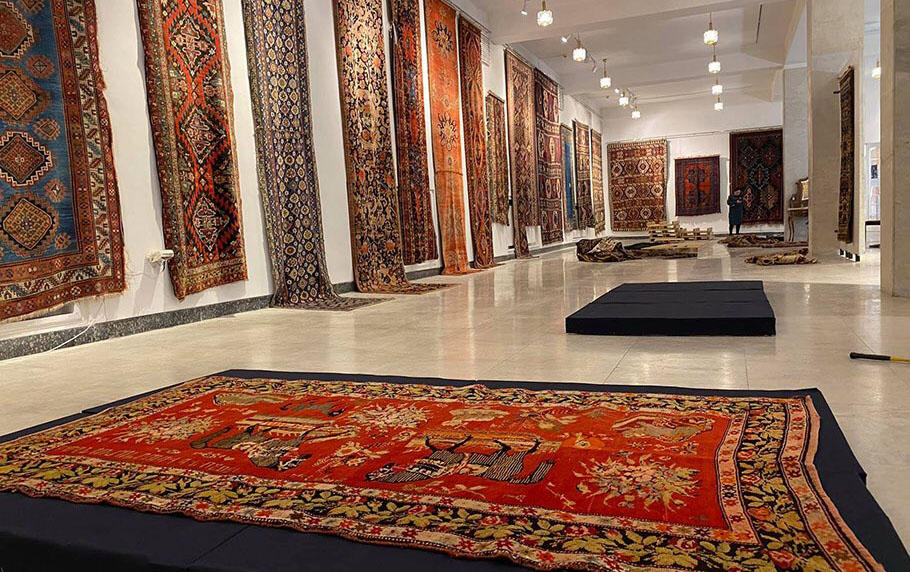Azerbaijan urges UNESCO to react on Armenia`s attempt to falsify history

By Laman Ismayilova
The Culture Ministry has issued an appeal in connection with the Azerbaijani carpets stolen by Armenia.
Karabakh carpets stolen from Shusha city, which Armenians held under occupation for almost 30 years, are expected to be displayed at Alexander Tamanyan National Museum-Institute of Architecture in Yerevan on February 20, Trend reported.
These exhibits of the Shusha Carpet Museum were taken from Shusha city to Armenia on November 1, 2020. The oldest of the carpets is about 350 years old.
So-called "Artsakh carpets" that will be showcased at the exhibition are samples of the national heritage of the Nagorno-Karabakh region, which is an integral part of Azerbaijan.
This exhibition is another theft and misappropriation of the cultural heritage of the Azerbaijani people by the Armenia.
“The samples of cultural heritage were illegally taken by Armenia from the internationally recognized territories of Azerbaijan and delivered to another country. This is the violation of international law in accordance with the 1954 Hague Convention of UNESCO and article 19 of its Second Protocol, as well as article 11 of the 1970 Convention," the message said.
The Culture Ministry reports that the main goal of showcasing Azerbaijani carpets as Armenian is to falsify the history of the Nagorno-Karabakh region. The composition, patterns and colors of these carpets, which have been woven in these lands from time immemorial, prove once again that the Nagorno-Karabakh region is one of the ancient cultural centers of Azerbaijan.
"The art of carpet weaving is one of the rare examples of the Azerbaijani people's heritage inherited from ancient times. It is no coincidence that in 2010, the traditional art of weaving the Azerbaijani carpet was recognized by UNESCO as an intangible cultural heritage of mankind. This tradition is so deeply rooted in our people that it is widespread and developed in every region of Azerbaijan. Historically, there were 8 main carpet-weaving schools in Azerbaijan, and each of them differed from each other with its patterns and colors," the message said.
Historically, Armenians were not engaged in carpet weaving, but in carpet trade, and in the trade process, they tried to spread false information to the world by presenting Azerbaijani carpets as Armenian carpets.
Yakov Zedgenidze, who conducted research in the Nagorno-Karabakh region in the 19th century, stressed that the entire Muslim population was engaged in carpet weaving and the Nagorno-Karabakh carpets rank first in the entire Caucasus both in quantity and quality.
The researcher also wrote that the Armenians were not involved in this art, on the contrary, they looked at carpet weaving as something "not worthy".
Therefore, the exhibition of the carpets that were illegally removed from the Shusha Carpet Museum at the Alexander Tamanyan National Museum-Institute of Architecture under the auspices of the Armenian Government is a clear example of Armenia's disrespect for international conventions to which it is a party with certain obligations, and UNESCO shall not turn a blind eye to this misbehaviour.
Azerbaijan Culture Ministry will carry out the necessary legal procedures with UNESCO in this regard.
--
Follow us on Twitter @AzerNewsAz
Here we are to serve you with news right now. It does not cost much, but worth your attention.
Choose to support open, independent, quality journalism and subscribe on a monthly basis.
By subscribing to our online newspaper, you can have full digital access to all news, analysis, and much more.
You can also follow AzerNEWS on Twitter @AzerNewsAz or Facebook @AzerNewsNewspaper
Thank you!
